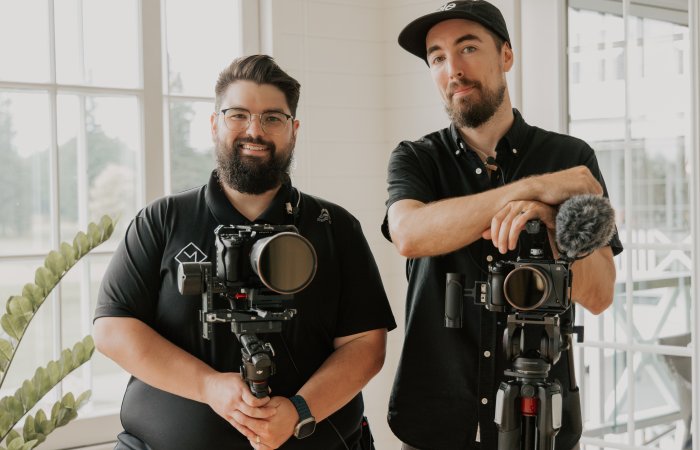Presentation
 Synchronization is the process of coordinatingshutter opening with flash duration. For electronic flash, the kind currently available from manufacturers, this is referred to as X-synchronization (in the past, M-synchronization was used for combustion flashes). There are several types of flash synchronization, each depending on the shutter speed: first-curtain synchronization, which is active by default on your camera, second-curtain synchronization, which is used at slow shutter speeds, and high-speed synchronization for isolating a moving subject.
Synchronization is the process of coordinatingshutter opening with flash duration. For electronic flash, the kind currently available from manufacturers, this is referred to as X-synchronization (in the past, M-synchronization was used for combustion flashes). There are several types of flash synchronization, each depending on the shutter speed: first-curtain synchronization, which is active by default on your camera, second-curtain synchronization, which is used at slow shutter speeds, and high-speed synchronization for isolating a moving subject.
First curtain synchronization
 This is the default synchronization mode selected by the camera. The flash fires briefly as soon as the shutter is activated, at first-curtain aperture. Although this mode is effective for most shutter speeds, it is limited and especially inconsistent when photographing a moving subject at slow shutter speeds. The subject’s movement then appears not in the logical direction, but in the opposite direction.
This is the default synchronization mode selected by the camera. The flash fires briefly as soon as the shutter is activated, at first-curtain aperture. Although this mode is effective for most shutter speeds, it is limited and especially inconsistent when photographing a moving subject at slow shutter speeds. The subject’s movement then appears not in the logical direction, but in the opposite direction.
Second curtain synchronization


This is an advanced mode to be set on your camera. It enables you to see the movement of a subject thanks to a slow shutter speed. Unlike the previous mode, where the flash is triggered when the first curtain opens, it “goes off” just before the second curtain closes. This method preserves the impression of movement of the subject, often seen in sports photography or reportage.
Beyond the impression of movement, this technique can be used to create an overprint effect. With a slow exposure time of several seconds, for example, you can see the background of the scene and see a character walking by. Let’s take a 10-second exposure: the character is not yet in the frame when the shutter is released, then he comes to rest in a precise spot; the flash fires just as he is in the right place. As the flash hasn’t gone off during the set-up, we won’t see the movement, just the moment when he’s already in the frame, fixed.
High-speed synchronization
The use of two shutter curtains on the shutters of the vast majority of cameras poses a technical problem: shutter speeds that are too high won’t allow for proper photography. Up to 1/125s, or 1/250s on some cameras, the shutter is fully open, with the first curtain open and the second not yet closed. Beyond this shutter speed, the image will be partially black, because the second curtain closes while the first has not yet finished its action: the shutter is only partially open.
To counter this effect and enable flash use beyond 1/250s, manufacturers have developed a high-speed synchronization mode. Instead of sending a single flash, the flash emits a series of less powerful flashes over a longer duration. The result is a flash action, regardless of speed, over the entire image.
There is another technique for not depending on the speed and operation of the curtain shutter. In this case, you need to use a central shutter, as found on certain lenses dedicated to medium format. This is the type of equipment used by DominiqueAmphonesinh to capture this image with a studio flash (see photo below).

Camera |
Synchronization speed |






